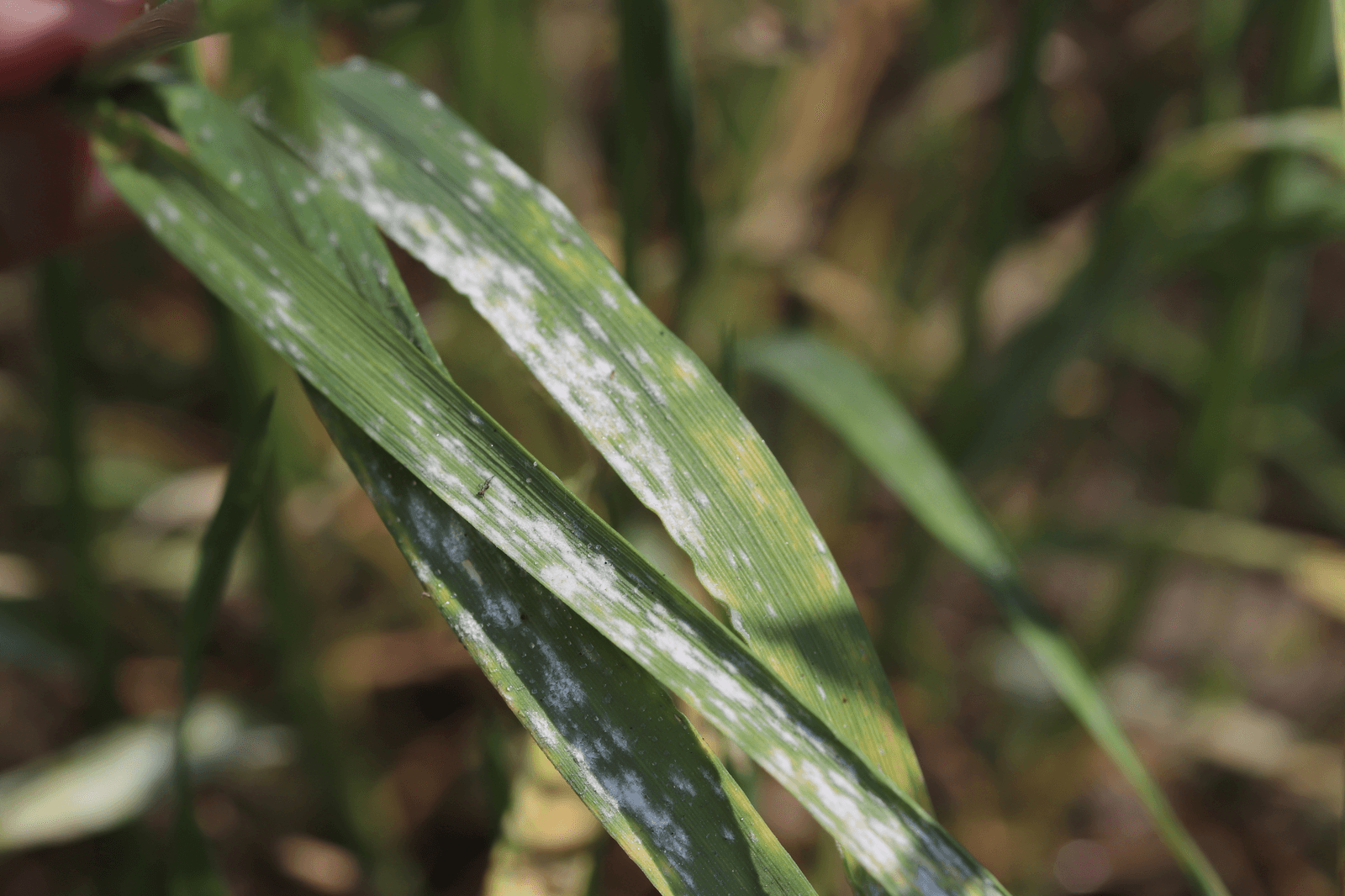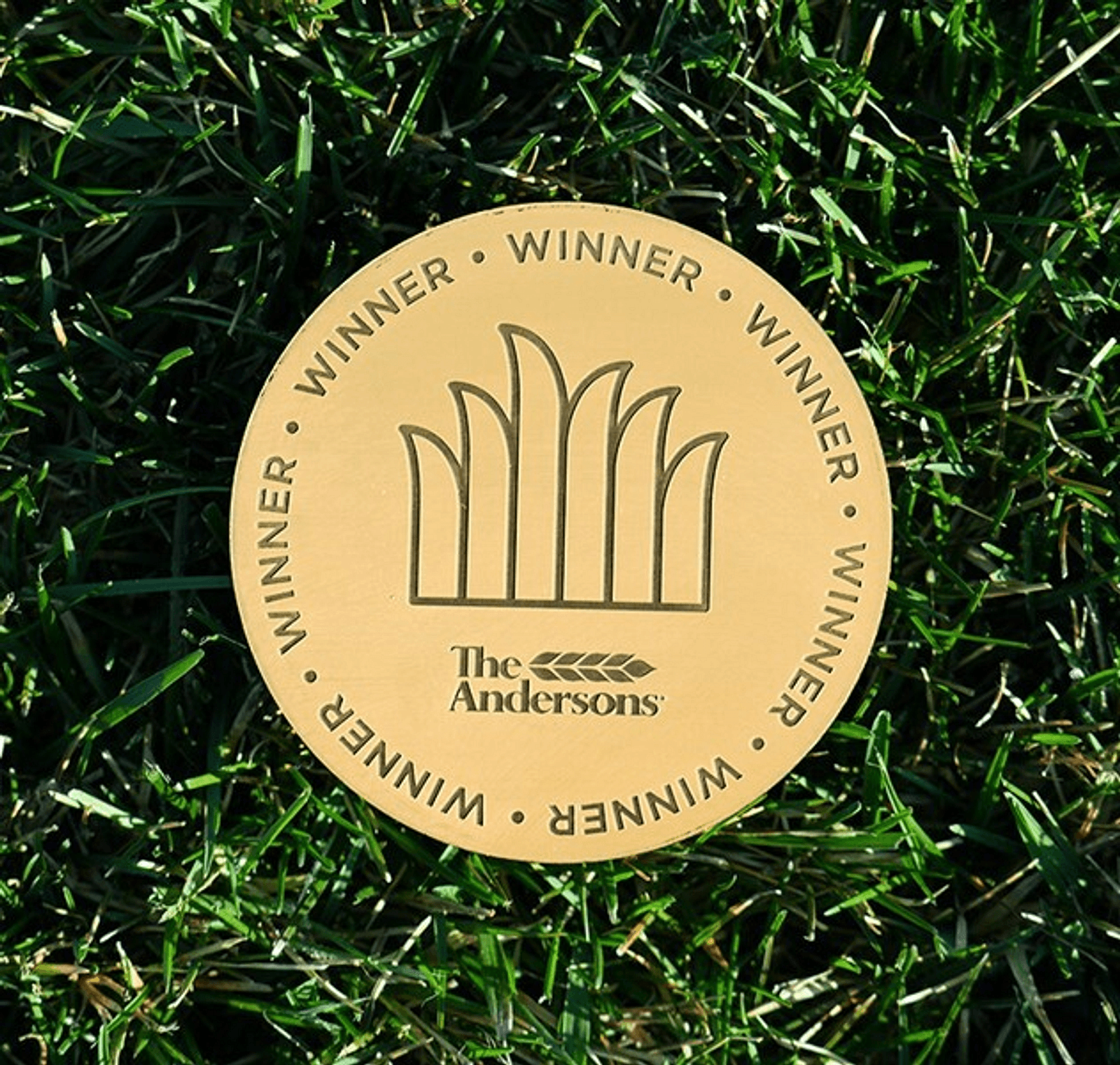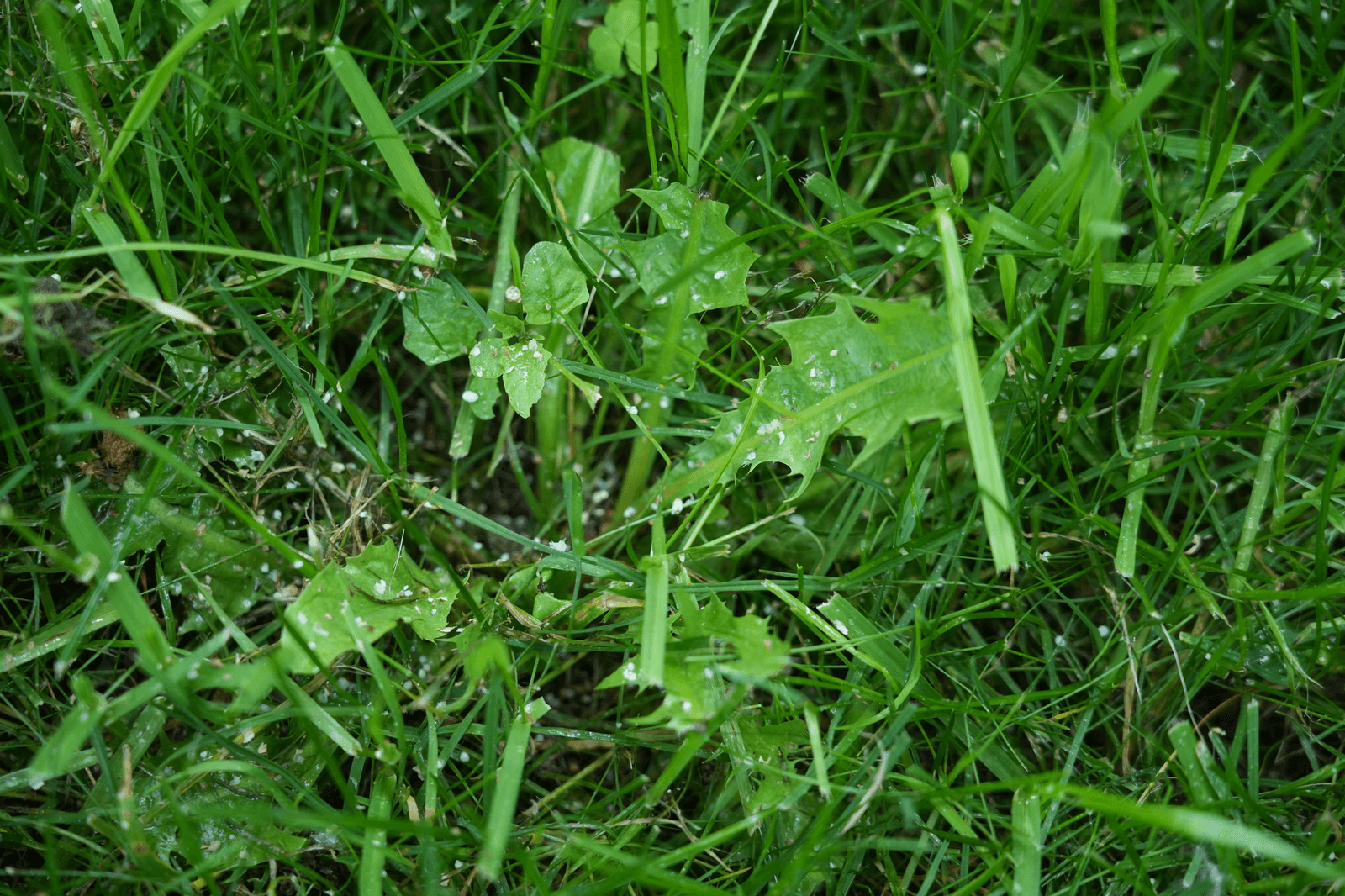When purchasing a product for your lawn, whether it be a fertilizer or soil amendment, granular or liquid, you need to know how much product to buy. Lawn care products come in different sizes and it is important to ensure you have enough to cover the entirety of your lawn. By knowing the size of your lawn, you won’t be second-guessing if you are buying too much or too little of product. This comes down to calculating the square footage of your lawn, which can be done in 2 different ways. Let’s dive into each of these methods.
Calculating lawn square footage method #1:
The first way to calculate your lawn's square footage is by using simple math, length times width, the old fashion way.
To start, measure the edges of your lawn. You will need the length and the width. You can determine these measurements by using tools such as a measuring tape or a measuring wheel. Once you have obtained the length and width measurements, simply multiply them together.
- Example: 55 feet wide by 50 feet long, the square footage is 2,750 sqft. (55 x 50 = 2,750 sqft.)
If you have multiple areas of your lawn or your lawn has an odd shape, simply measure your lawn in sections and measure the width and length for each section. Then, repeat the multiplication we walked through previously to determine the square footage of each section. You will then add these calculations together to get the total square footage.
- Example: (Front: 55 x 50 = 2,750 sqft.) + (Side: 30 x 15 = 450 sqft.) + (Back: 80 x 35 = 2,800 sqft.). = (2,750 + 450 + 2,800 = 6,000 sqft.)
Calculating lawn square footage method #2:
Another way to calculate your lawn's square footage is by using a lawn square footage calculator online (this is easier than it sounds!). Tons of websites are out there that use satellite images to help you measure your lawn, which can be found by searching "lawn square footage calculator" in any browser. You will find that many of these are easy to use, but sometimes will not allow you to get to most accurate measurements if you have objects around your house or in your lawn, such as pools, mulch beds, covered porches or large areas of trees. If you run into this problem, separately measure the object giving you this trouble and subtract its square footage from the total square footage output that you've obtained from the online calculator. If you need to subtract an object, be sure to include it in your lawn's total square footage first, then subtract.
I have my lawn's square footage, how much product do I need?
Refer to the product label of the lawn care product you are purchasing. The label and/or spreader settings chart will provide the total coverage of the product based on a specific application rate. For granular products, most will say that a certain weight of product should be applied per every 1,000 sqft. For instance, if the spreader chart says that its recommended spreader setting applies 3 lbs. of product per 1,000 sqft. and the product comes in a 18 lb. bag, 1 bag has the coverage of 6,000 sqft. (18 ÷ 3). So, if your lawn is equal-to or less than 6,000 sqft., you'd need 1 bag, and if your lawn is more than 6,000 sqft. but equal-to or less than 12,000 sqft., you'd need 2 bags, and so on.
Remember your lawn measurements and square footage to save time for future lawn care purchases, and so you do not need to measure your lawn again!
If you need help determining your lawn's sqaure footage or how much product you need, our customer service team is available Monday through Friday from 9 am to 5 pm EST to help.






